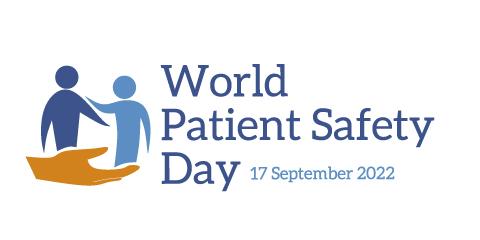
Cervical cancer
Introduction:
Cervical cancer is a common type of cancer that affects a woman's cervix due to an abnormal growth of the cells forming this part.
Causes:
1. A Human Papilloma Virus (HPV) infection.
2. Neglecting personal hygiene.
3. Smoking. Some studies found a correlation between smoking and cervical cancer.
4. Skin-to-skin and sexual contact.
5. Some acquired immunodeficiency diseases leave a person more susceptible to HPV.
Symptoms:
1. Abnormal vaginal bleeding that happens at times other than menstruation.
2. Constant vaginal discharge.
3. Pain in the cervix during intercourse.
4. Bone or lower abdomen pain.
5. Weight loss and fatigue.
Diagnosis:
1. Clinical examination and colposcopy.
2. Pap smear.
3. Cervical biopsy of the cervical cells so they can be examined in a lab under a microscope.
4. Blood test.
Prevention:
To prevent cervical cancer:
1. Get the HPV vaccine.
2. Get regularly checked to detect tumors early on.
3. Get a pap smear every 1 to 2 years to detect any cervical cell changes as soon as they occur.
4. Adhere to general hygiene guidelines.
5. Quit smoking.
Why should you get vaccinated against HPV?
There are several HPV types that could cause many types of cancer. This is why the HPV vaccine is the best way to prevent cervical cancer and other types of cancers caused by HPV.
Is the HPV vaccine safe and effective?
Yes, HPV vaccines provide an effective, long-term protection from HPV.
Who should get vaccinated against HPV?
- The vaccine is given by a licensed health practitioner to girls aged 9-14, in two doses. An interval of 6-12 months should be left between the two doses. It is given to girls and women over the age of 15 in three doses, as follows:
- The first dose is given at any suitable time.
- The second dose should be given 2 months after the first dose.
- The third dose should be given 6 months after the first dose.
What are the side effects of the HPV vaccine?
The common side effects of the HPV vaccine are expected to be mild. They include:
- Headache.
- Swelling, pain, and redness at the injection site
Source:




